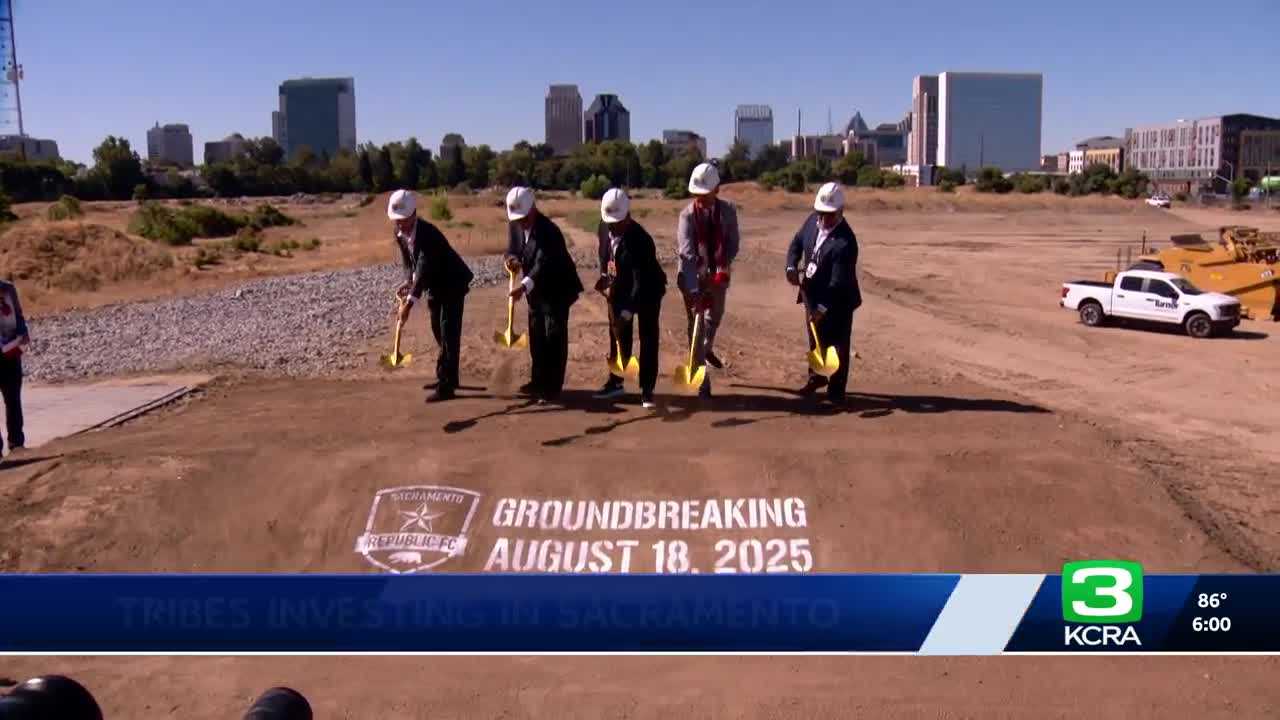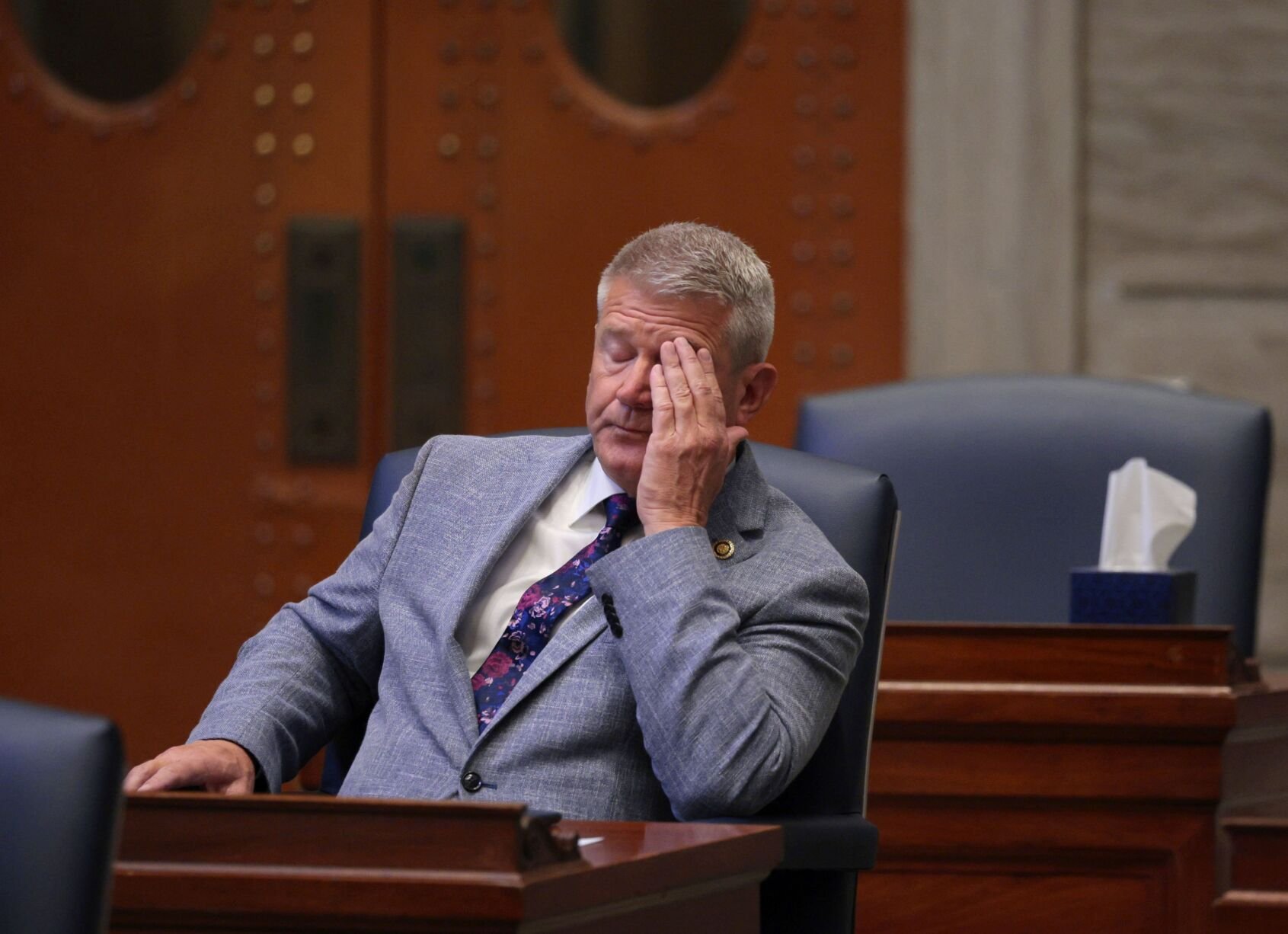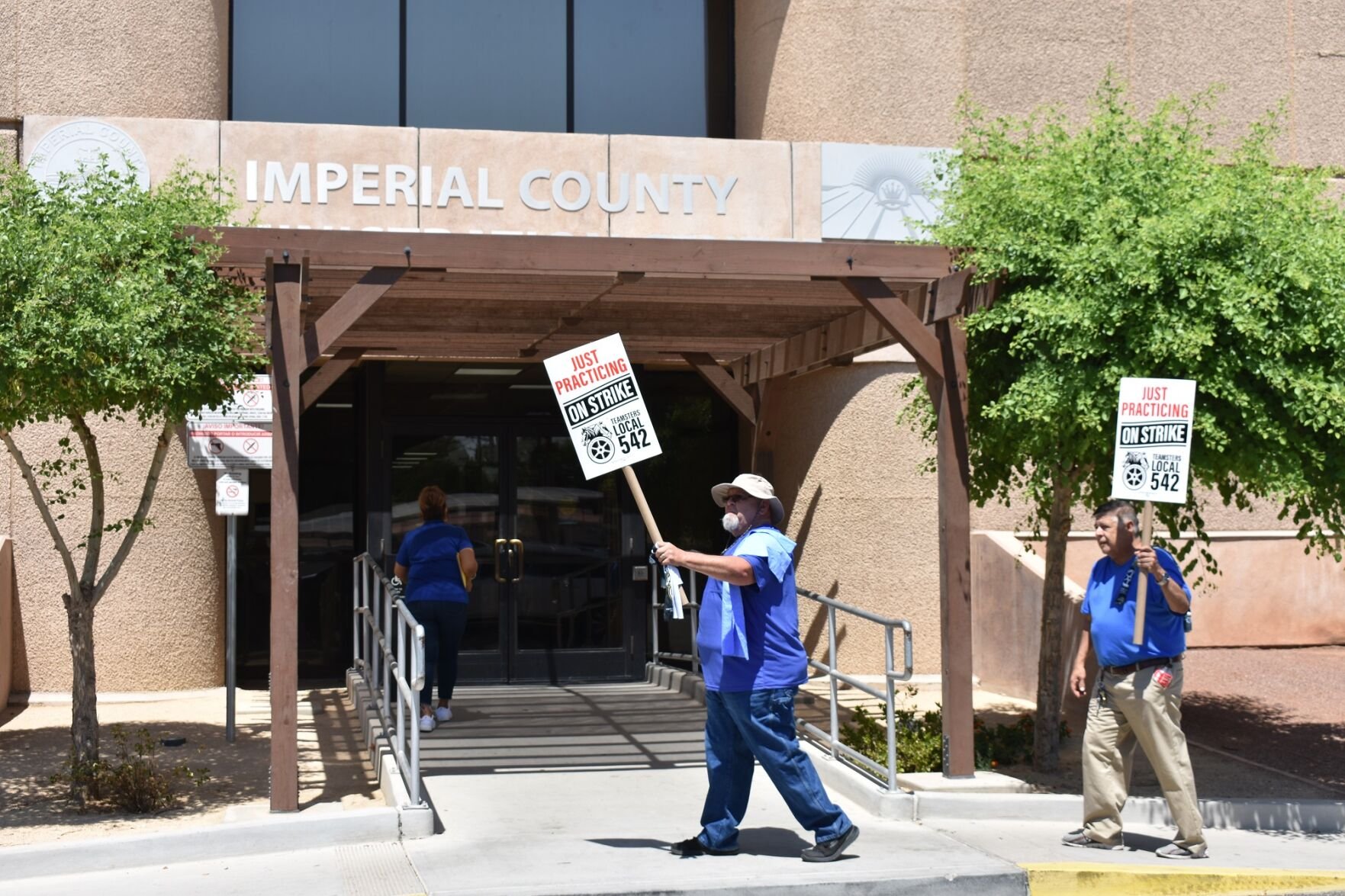With shovels in the ground and drums in the air, Sacramento Republic FC’s long-awaited stadium project has officially begun—powered in large part by investments from local Native American tribes. The groundbreaking is being hailed as a milestone that could reshape the city’s railyards and forge new partnerships between tribal nations and the state capital.
Sacramento’s new soccer stadium marks tribal investment milestone

Key Takeaways:
- Sacramento Republic FC broke ground on a new soccer stadium.
- Local Native American tribes supplied significant investment, marking a historic first for the city.
- Organizers say the project will reshape Sacramento’s landscape and economy.
- The effort aims to strengthen partnerships between tribes and the broader community.
- Leaders tout the stadium as a model for future tribal-city collaborations.
Breaking Ground
It took only a few ceremonial shovelfuls of earth to turn years of planning into reality. On August 19, officials gathered in Sacramento’s railyards district to celebrate the start of construction on Sacramento Republic FC’s new soccer stadium—a venue expected to anchor the club’s future and transform an underused section of the city.
Historic Tribal Investment
What set this ceremony apart was not just the architecture on the drawing board but the backers behind it. “The groundbreaking of Sacramento Republic FC’s new stadium highlights significant investments by local Native American tribes,” organizers said, calling the influx of tribal capital a “milestone” for both the region and the tribes themselves. Groups referenced in planning materials include the Shingle Springs Band of Miwok Indians and Wilton Rancheria, whose participation marks a rare instance of Native nations financing a major urban sports facility.
Community Impact
Supporters argue the investment is about more than soccer. The description circulated by project leaders promises the development will “reshape the city’s landscape and foster community partnerships,” creating new opportunities for business, culture and civic engagement. By staking a claim in Sacramento’s urban core, tribal nations are positioning themselves as long-term partners in the city’s growth.
Looking Ahead
Construction crews will now turn renderings into reality, while club officials and tribal representatives continue to refine plans for adjoining land and future development. For Sacramento Republic FC, the stadium is a home pitch; for the tribes involved, it is a statement of economic self-determination. And for the city, it is a fresh chapter—one in which the success of a sports franchise and the aspirations of Native American investors move forward, side by side.











